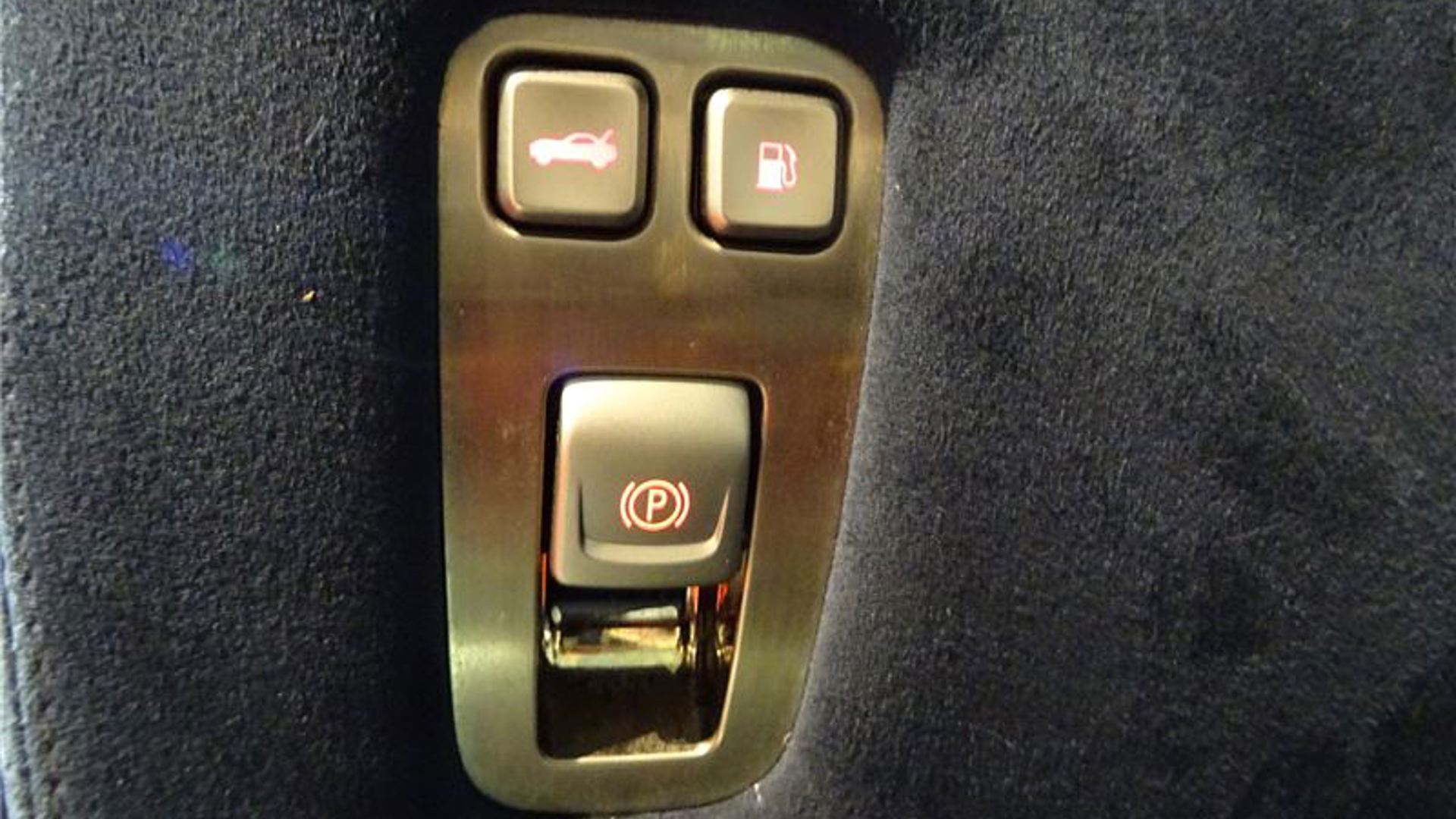Henrik Fisker revealed his latest EV at the Consumer Electronics Show this week. In typical Fisker fashion, the car looks stunning. It also has an expected range of 600 km. But the Fisker Emotion isn't expected to go on sale until at least next year. Our Find of the Week this week is a Fisker that has a nearly unlimited range. One that could be in your driveway tomorrow, if you want it. It's a 2012 Fisker Karma.
Henrik Fisker is a Danish automotive designer with a portfolio full of iconic designs. He worked for BMW, Ford, and Aston Martin. Some of his highlights include the BMW Z8, and the Aston Martin DB9. Two of the most beautiful designs of their time. He even did some of the initial design work on the Tesla Model S.
In 2005, Fisker branched off to start his own company, planning to build coach built-style rebodies of existing cars. In 2007, Fisker launched an electric car startup, Fisker Automotive. He wanted to build electric cars that were "beautiful and exciting and fun to drive."
The first product of that idea was this car, the Fisker Karma. It was a luxury plug-in hybrid before the plug-in had made waves as a concept. It was one of the very first to be shown when it was revealed at the 2008 Detroit auto show.
The Karma was an electric luxury sedan that used a 20.1 kWh lithium-ion battery that powered two 201 hp electric motors. That was enough to give the Karma an EPA range of 51 km. Not a lot for an EV, but there was more to the Karma.
The Karma had a 2.0L turbocharged four-cylinder that was sourced from GM. The 260 hp engine was attached to a generator to send electricity to the battery and the motors. It could drive 51 km on the battery, but if you needed to go further the Karma could. It could go until the gas tank ran dry. Then fill it up and keep going. It was one of the first cars that let the driver use electricity for most driving but not worry about running out of range.
The roof was a solar panel that generated electricity to help run the climate control. It could make half a kilowatt-hour per day using the integrated roof panels.
The interior was designed to be friendly to the environment as well. It used salvage lumber, and cars with a leather interior used hides sourced from an energy self-sufficient plant. It also used more of a hide than other luxury automakers would. Even hides with cosmetic imperfections were used.
EcoChic trim level cars, like this one, used a special EcoSuede material that was made from 100 percent recycled polyester.
Almost more important than the advanced powertrain, the Karma was a very stylish car. The scalloped sides, curving roof, and moustache grille all contributed to a design that is unmistakable as anything else. Although the rear of the car is not quite as harmonious as the front, it's the front that matters. There is no doubt that this car stands out.
Production of the Karma started in 2011, at a plant in Finland. Deliveries started later that year. Fisker Automotive ended production near the end of 2012, but in that time they delivered more than 2,000 cars. That makes it uncommon, if not quite rare. When it was new, it retailed for $120,000. Now, it's a massive $45,000 less.
The Fisker Karma was one of the first electrified luxury cars, helping to lay the ground for the plug-in hybrids and fully electric vehicles that followed. If you want a piece of automotive history, one that can drive to work and back without using gas but take you to the lake on the weekend, then this 2012 Fisker Karma, for sale in Toronto, ON, might be just what you're looking for.




































